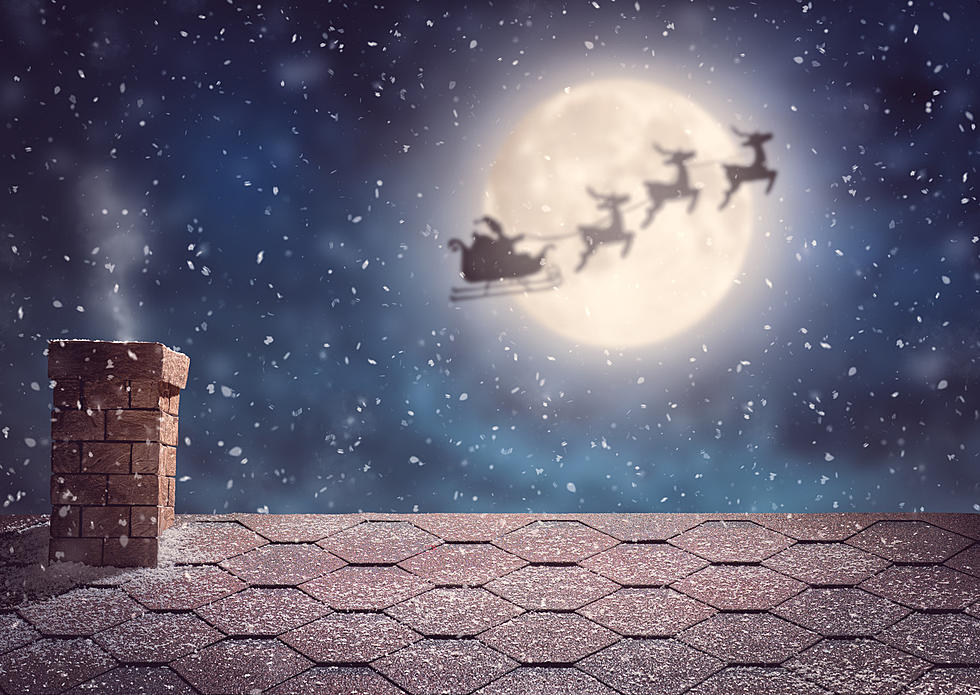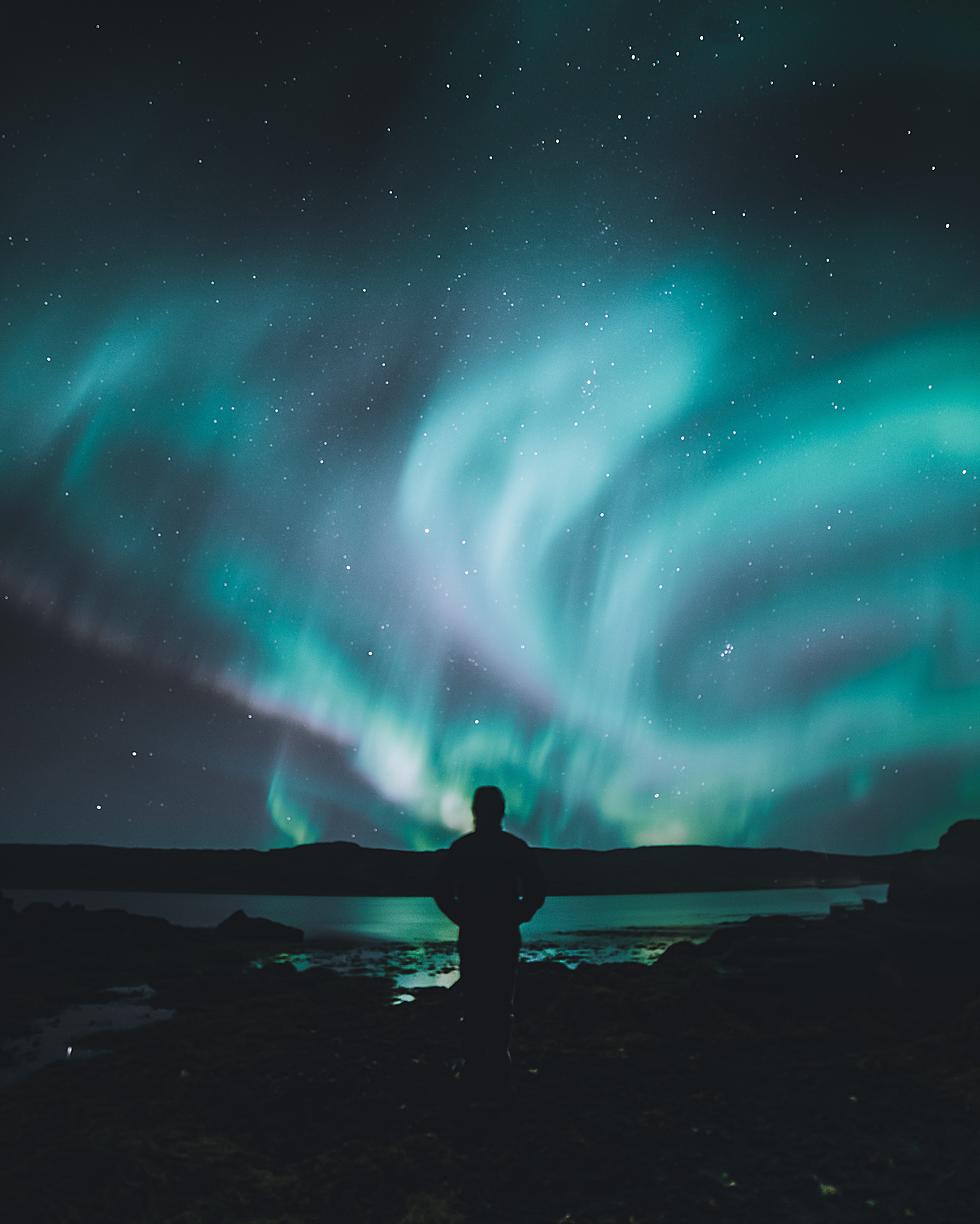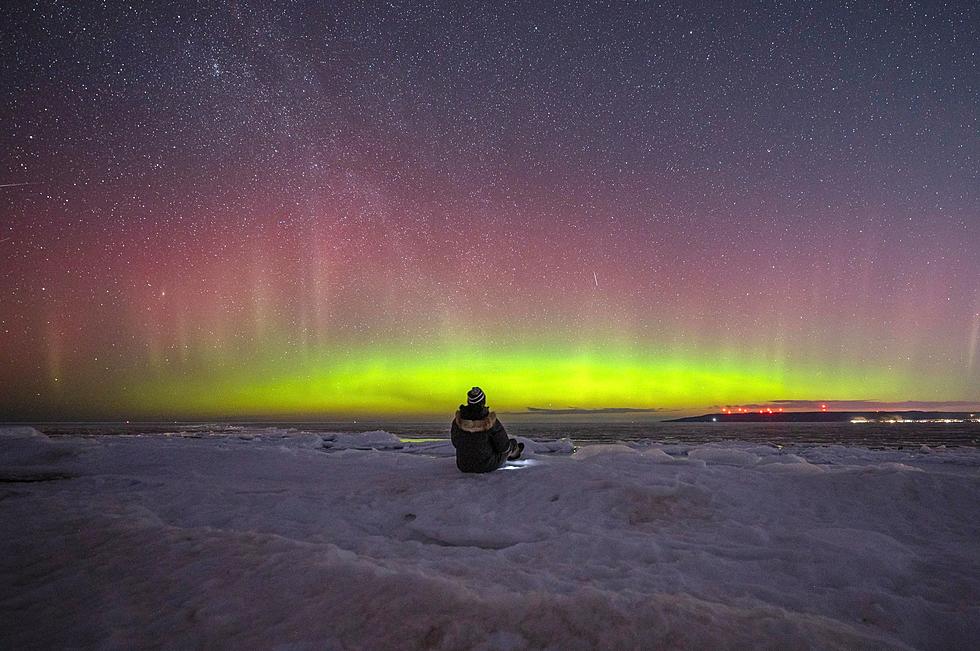
Michigan’s December Night Sky has 7 Meteor Showers and a Christmas Star
The December night sky will dazzle with 7 meteor showers, the Cold Moon, Winter Solstice, and a Christmas star.
Getting outdoors during Michigan's frigid December temperatures can be a daunting task for some of us. The benefits of fresh air and getting outside are many. If you need an added incentive to bundle up and get outside, keep reading for the plentiful list of night sky events worth the cold.
December 4th: New Moon 'Cold' Moon
It will be an extra-dark night on December 4th as the moon starts a new cycle and will not pass on its glow. The December new moon is also known as the 'Cold Moon', according to marca.com. The Cold Moon marks the unofficial start of the winter season in the northern hemisphere. The unofficial name is said to have been passed down from Indigenous American groups.
December 6th: Cassiopeid Meteor Shower peaks
The December Cassiopeid meteor shower will be active from December 1st through the 8th of December. This meteor shower will hit the peak rate of meteors on December 6th. According to in-the-sky-.org, the best time to view is after midnight on the 6th and again after 9:00 p.m. that same night. Look to the horizon. With the moon still being close to the new phase, the dark sky will allow optimum viewing.
December 7th: Puppid-Velid Meteor Shower peaks
The Puppid-Velid meteor shower will be active from December 1st through the 15th of December. This meteor shower will peak at midnight on December 7th. Up 10 meteors could be streaking across the night sky an hour.
December 12th: Hydrid Meteor Shower peaks
The Hydrid meteor shower will be active from December 3rd through the 15th. This meteor shower will peak on December 12th. The time to view is after 9:35 p.m. through 4:00 a.m.
December 14th: Geminid Meteor Shower peaks
The Geminid meteor shower will be active from December 4th through the 17th. This shower will hit its peak rate of producing meteors around December 14th. You won't have to be a night owl or early riser to view these. Unlike the other showers listed above, heading out shortly after 6:00 p.m. is recommended.
December 16th: Comae Berenicid Meteor Shower peaks
The Comae Berenicid meteor shower will be active from December 12th through the 23rd of December. This shower will reach a peak rate of meteors around December 16th. Head outside around 11:00 p.m. on December 15th for prime viewing.
December 19th: December Leonis Minorid Meteor Shower peaks
On the night of December 19th, look for up to 3 meteors per hour from the radiant point in Leo Minor; for most, it will be low in the northwestern sky. The shower is expected to reach peak activity at around 7:00 p.m. on 19 December 2021.
December 21st: Winter Solstice
December 21st is the shortest day of the year for the northern hemisphere with there being more dark than light. The official start of the Winter Solstice is at 10:58 a.m. The good news is, each day that follows begins to get longer (in terms of daylight). The good news is, longer nights mean more chances to view the northern lights.
December 22nd: Ursid Meteor Shower peaks
The Ursid meteor shower will be active from December 17th through the 26th. This shower will peak around December 22nd. Peak meteor activity will happen before dawn on the 22nd with a second chance coming after 11:00 p.m. that night.
December 25th: A Christmas star
While this is not the Star of Bethlehem, it will be the brightest star on Christmas night, according to Life Hacker. Look out your window or head outside after midnight and look to the southern sky. Sirius, also known as the dog star, will be a twinkly blue fireball.
The night sky isn't the only thing to get excited about as winter approaches. When winter gets its coldest, Blue Ice forms on the Great Lakes. Check out stunning photos from February 2021 below.
Great Lakes Blue Ice
More From 100.7 WITL









